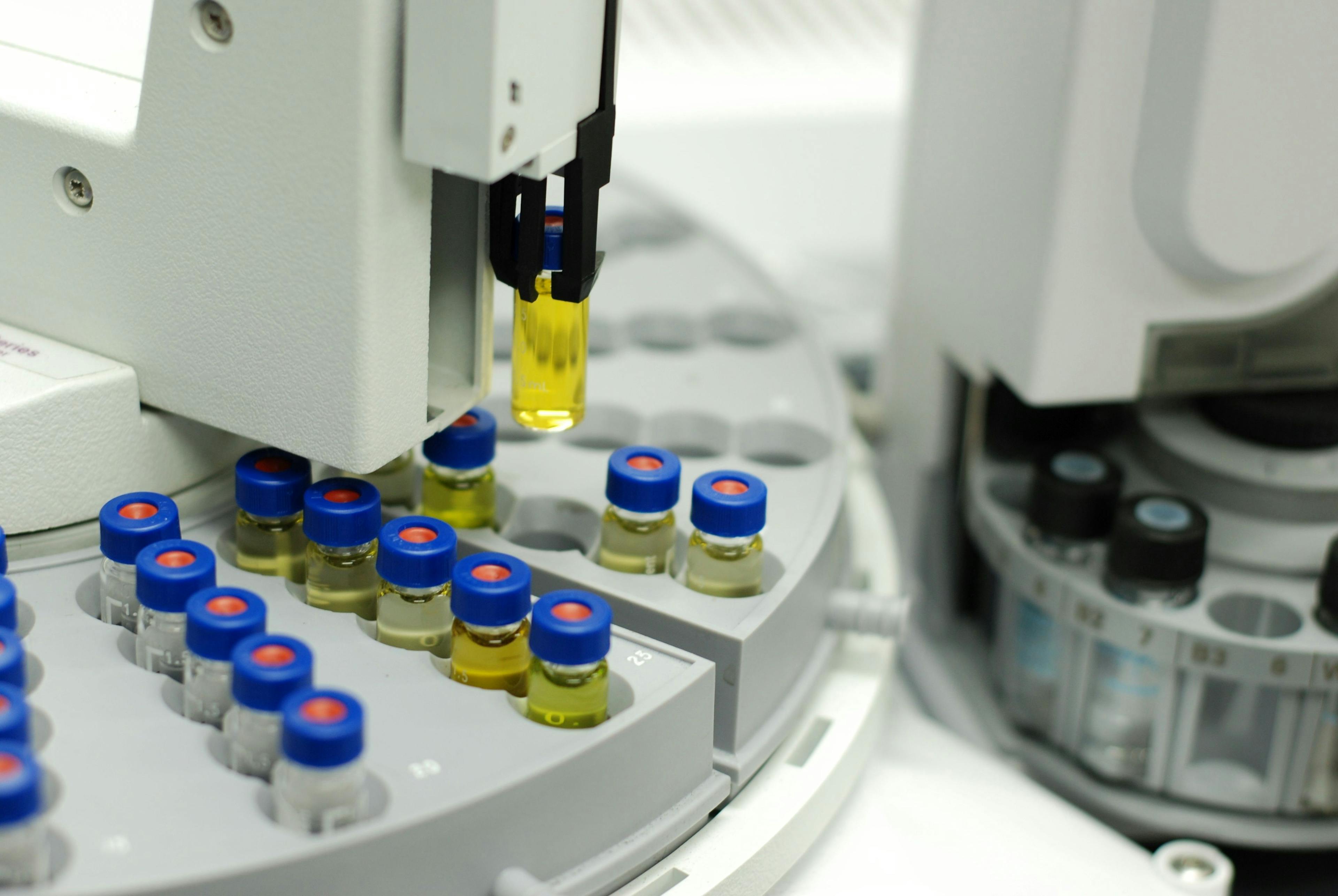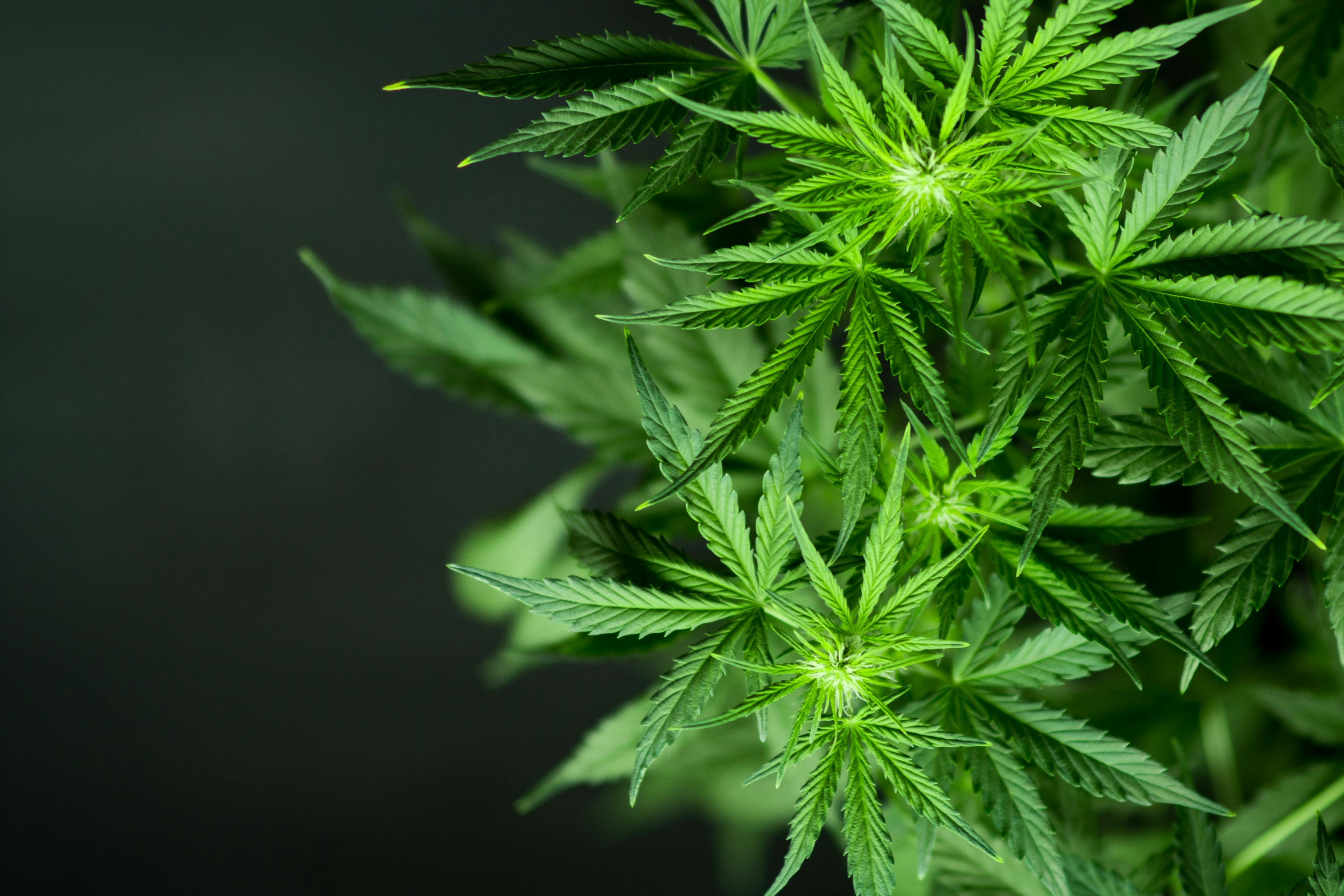Analyzing Trends of the Cannabis Testing Market
The buzz at the 2021 Cannabis Science Conference in Baltimore was palpable: People of widely disparate backgrounds were excited to address the ever-growing challenges and opportunities afforded by this burgeoning marketplace. The phenomenon known as the “green rush” outpaces all significant analytical market areas. Given all this excitement, it is worth stepping back to examine the overarching trends and nuances of the cannabis testing environment and offer some opinions about the key players and disruptive technologies gaining traction throughout this burgeoning marketplace.
The increased success of cannabis-based medical products is strongly correlated to the relaxation of the previously insurmountable bureaucratic hurdles, as well as humans’ ancient relationship with this pharmacologically active plant. For instance, it is entirely possibly, if not likely that humans crossing the land bridge from Asia into the Western hemisphere, brought cannabis along with them. Today, scientists from various disciplines are exploiting the endocannabinoid system in humans. Academic and governmental institutions, pharmaceutical companies, and the separations community are well into the hunt to utilize the plant’s unique chemistry and its relationship to our biology. To date, roughly one million scientific articles have been published on the topic. Research continues to flourish, aiming for some of the most important target markets in human health.
A few notable factors slowing the progress of cannabis-based medicines are the lack of certified professionals, the lack of harmonized regulations, and the high cost of analytical instrumentation—a frustration we know all too well. Fortunately, chromatography vendors are increasingly focusing on serving the analytical challenges of this burgeoning field—Shimadzu, in my opinion, is the most committed to winning this marketplace. They offer a version of simplified software on their benchtop system, application support, and many consumables to help any laboratory get off the ground. Gaining ground is Agilent, which introduced pesticide, mycotoxin, and potency-testing kits, in July 2020.
PerkinElmer’s most significant advance is owed to Avinash Dalmia, a principal R&D scientist. Dalmia wrote a proprietary dual electrospray and atmospheric pressure chemical ionization (APCI) ion source based method by which cannabis laboratories can analyze the complete California pesticide list using only liquid chromatography–mass spectrometry (LC–MS), eliminating the need for gas chromatography–mass spectrometry (GC–MS) to complete this task. With more companies entering this field, we will undoubtedly see advances in chromatography that suit the needs of the cannabis testing market.
Two other companies worth highlighting are Lucidity Systems and Icon Scientific. They both feature instruments that cost roughly half the “familiar” price. Both claim that the reduced complexity and easy-to-use interface of their systems do not diminish testing expectations. Icon’s ANSER liquid chromatography instrument is fully portable and small enough to put in your carry-on luggage. Lucidity’s Mini LC and GC instruments are half the footprint of typical benchtop units and can be shipped overnight for service.
Others are developing even more affordable systems. Emerging is a class of systems mainly targeting the fast-growing potency testing segment (US $229 million in 2019, with a 21.7% market share and a 17.3% compound annual growth rate), which are on offer for less than five thousand USD. These instruments are sold by GemmaCert, Orange Photonics, Purpl Scientific, and Sage Analytics. The efficacy of many of these instruments may come into question in the increasingly scrutinized cannabis marketplace. However, they are deemed sufficient for many typical applications and likely will always be useful for field testing performed by cultivators and law enforcement groups alike.
Navigating a marketplace as dynamic and often controversial as cannabis testing can be fraught with challenges. I hope this article has helped you under- stand and perhaps appreciate its value to our global community. On a personal note, I believe that the more visible and controversial areas of recreational cannabis unfairly encumber appreciation of the plant’s potential as a whole. This gap in understanding can only obscure the incredible potential of this ancient plant to alleviate human suffering, a gap that analytical chemists can help narrow. Delays in progress reduce the pharmaceutical community’s ability to bring meaningful and lasting changes to improve and prolong human health—a most worthy mission.
Jonathan Edelman is currently in business development at Restek. Direct correspondence to jonathan.edelman@gmail.com.

The 2025 Lifetime Achievement and Emerging Leader in Chromatography Awards
February 11th 2025Christopher A. Pohl and Katelynn A. Perrault Uptmor are the winners of the 18th annual LCGC Lifetime Achievement and Emerging Leader in Chromatography Awards, respectively. The LCGC Awards honor the work of talented separation scientists at different stages in their career (See Table I, accessible through the QR code at the end of the article). The award winners will be honored during an oral symposium at the Pittcon 2025 conference held March 1-5, in Boston, Massachusetts.
USP CEO Discusses Quality and Partnership in Pharma
December 11th 2024Ronald Piervincenzi, chief executive officer of the United States Pharmacoepia, focused on how collaboration and component quality can improve worldwide pharmaceutical production standards during a lecture at the Eastern Analytical Symposium (EAS) last month.







